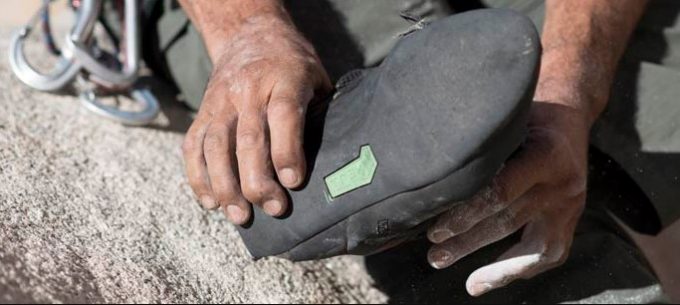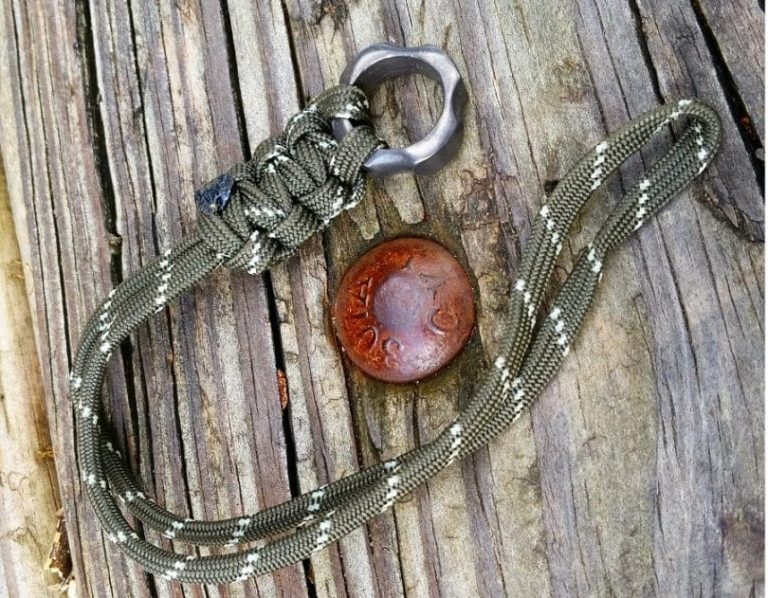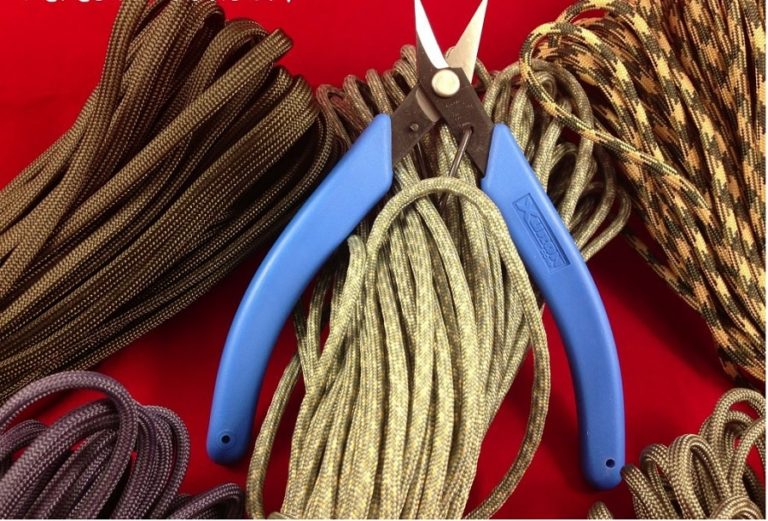How to Layer for Winter: It’s Going to Be A Three Dog Night
Unless you are into mushing, most of us don’t have three dogs to keep us warm at night, especially out on the hiking trail. If you are an outdoor enthusiast of any kind – mushing, hiking, backpacking, camping, running, skiing – knowing how to dress is going to be the key to your success and survival.
In this discussion, we will be looking at how to layer for winter. In layering we mean the types of layers of clothing you should wear for outdoor activities in the winter season. We will look at the main types of layers and we will also look at which types of fabrics are best.
Features to Consider
Hopefully, by the end of this article, you will be ready to be outfitted for some fantastic outdoor winter fun.Here are a few features to consider when putting together your layering system. And, yes, it is a system. Each piece complements the other and they work together to protect you.
Vents
You need to consider ways to vent heat. If you are all layered up and are highly active you are going to overheat if you don’t have a way to easily let off a little steam. You need vents and you need to possibly remove a layer. There are many garments that come with vents such as small holes built into the fabric to help vent out the hot air.

Places of high heat are the armpits and groin/crotch area. There are also garments that come with two-way zippers. You can zip your legs up to open them up and get some air. There are sometimes zippers on the side of a coat or zippers on the arms at the cuff level.
Neck protection
The neck is a difficult area to keep covered and warm. As you are looking at various outfits you need to consider neck protection. It could be in the form of a scarf that you can wrap around your neck, or it could be a knitted hat that covers both your head and neck. Make sure whatever you choose has wicking properties to move the moisture away.
Cuff
Some garments may have some nice knit cuffs that will go a long way to keeping the weather out. These may be found on base layers, mid layers, and soft shells. Hard shells typically have Velcro closing at the cuffs that serve the same purpose but it is just another style of closure.
Layers: I Stand Still at Ten Below
For most purposes, there are three main layers. There is the base layer next to your skin. An insulating layer is needed for warmth. And a hard shell layer that is what protects you from the elements such as wind, rain, and snow. In some cases, you may require another mid-layer for added warmth. We will look at all four of these layers.
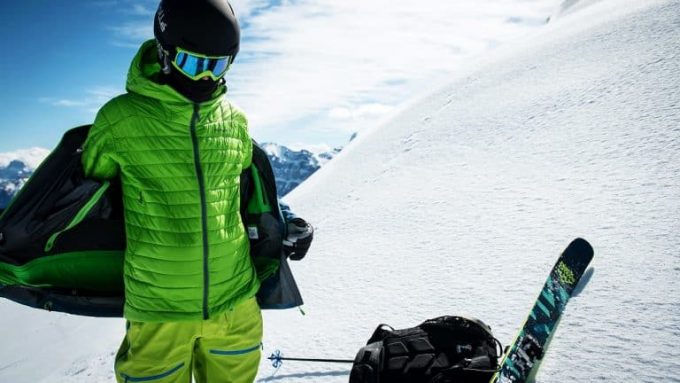
Just a word about the fabrics; many of the premium fabrics are proprietary in nature and are only sold under certain brands. So if you like a certain brand it would make sense for you to check their line of clothing. However, don’t rule out other brands, because there are some fabrics that are definitely out doing some of the others.
Base Layer: Baby It’s Cold Outside!
When you were a kid you might have heard your grandpa talk about long johns or long underwear. There was also a one-piece version, typically in bright red, which was called a union suit complete with a drop seat. It always made us kids giggle at the thought.
But they kept grandpa warm when he went out to do the chores. Today we use much more sophisticated language and high-tech fabrics and now we call them the base layer. This truly is your long underwear and it goes the closest to your body.
The base layer can come in different weights and add extra warmth. For extreme cold temperatures, you might want a heavyweight base layer especially if you are not doing a lot of high energy activities. Stationary activities such as ice fishing or stand hunting may call for the heavyweight.
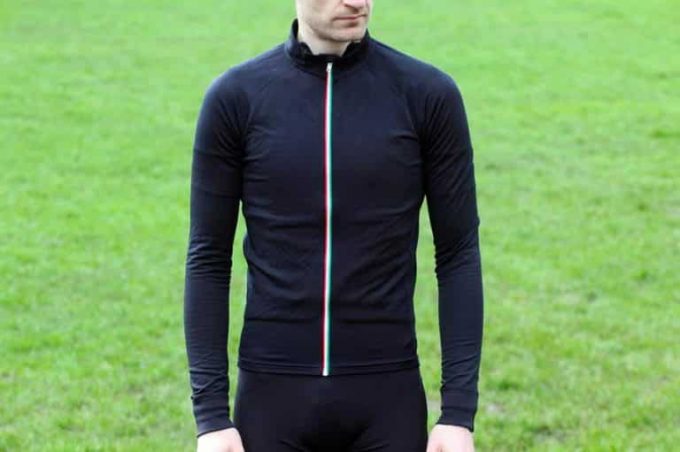
The main purpose of the base layer is to wick moisture away from the body. This makes the body feel warmer and more comfortable. As moisture is transferred from the body to nonabsorbent base layer fabric there is more surface area that allows the moisture to evaporate more quickly.
Common Base Layer Fabrics
Wool
Wool has some of the best qualities for a base layer. Merino wool is very soft and lightweight. This wool not only has wicking properties, but it is also water-repellent and odor resistant; sort of a Trifecta for a base layer. Merino wool is also washable which makes it more appealing that the wools of the past that were considered to only be dry cleanable.
Synthetics
Synthetics are great for wicking. They also carry some high-tech features such as antibacterial agents that reduce odors and bug repellents. This group of fabrics includes polyester, polyethylene, and microfiber. One of the biggest drawbacks is the smell after some use.
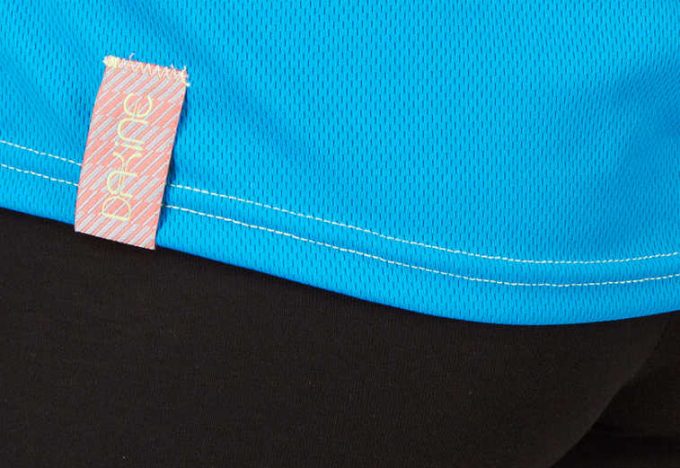
These fabrics draw your perspiration away from the body and into the fabric to be evaporated. Unfortunately, the body odor also accompanies the sweat. So, if you are in a group for a long trek, this might not be the best choice.
Bamboo
Bamboo has appeared on the market in recent years. Many times it is combined with cotton or Lycra. This fabric does an excellent job at wicking. It also has great anti-bacterial properties. It is very soft and more form fitting than some other fabrics.
Silk
Silk is a very soft, lightweight fabric made of natural fibers. It is typically treated to enhance the wicking properties. Because of its lightweight qualities, it is great for a winter base layer because it is not adding any bulk. One disadvantage is it needs to be hand washed.
Cotton
Cotton as a winter base layer is almost never heard of. It is dreadful at wicking. It gets damp and then takes forever to dry. It is best used as a base layer in hotter climates when a damp shirt will feel more cooling and will help you retain some moisture.

Check out this chart below that summarizes the various base layer fabrics. This chart might help you decide what base layer fabric you want to try.
[table id=9 responsive=scroll /]
Mid-Layer: Use that Body Heat
Depending on your outdoor activity, you may need an additional layer. Think of the old explorers that went to the Antarctic. Pictures of these explorers show them wearing thick, heavy wool sweaters. This was their extra layer, and they needed it in Antarctica! Some folks refer to this as the fleece layer.
Common Mid Layer Fabrics
Wool
Wool sweaters are very popular and fit the bill quite well. You can find sweaters in a variety of weights. Wool is very versatile and warm.
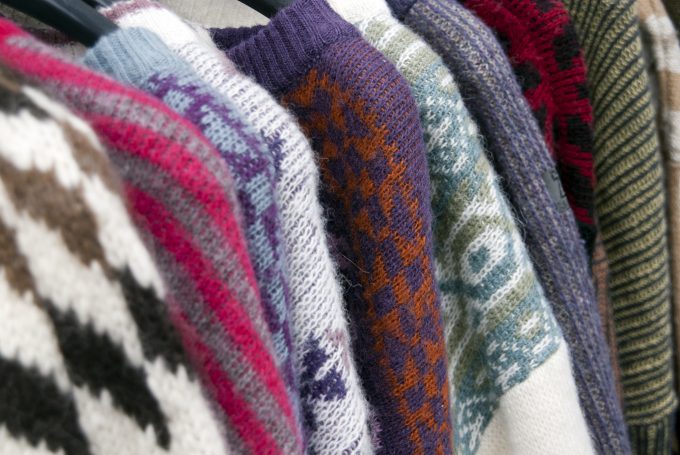
Polar/Pile
Polar/Pile fleece is made of synthetic polyester which is very breathable with moisture wicking and quick drying properties. It has a high warmth-to-weight ratio which means it is warm even though it feels lightweight.
Some of these fleeces can also protect against the wind such as Polartec WindPro and Polartec Power Shield. See the chart above for the ratings of these fabrics.
Insulating Layer: It’s Only Cold if You Are Standing Still
Remember back to when you were a child and it was a chilly day. Your buddy wanted you to come out and play. As you ran out the door your mother yelled, “Don’t forget to put on a jacket!” Why? The jacket is the insulating layer. Of course, most of us still call it a jacket, but the purpose is the same.
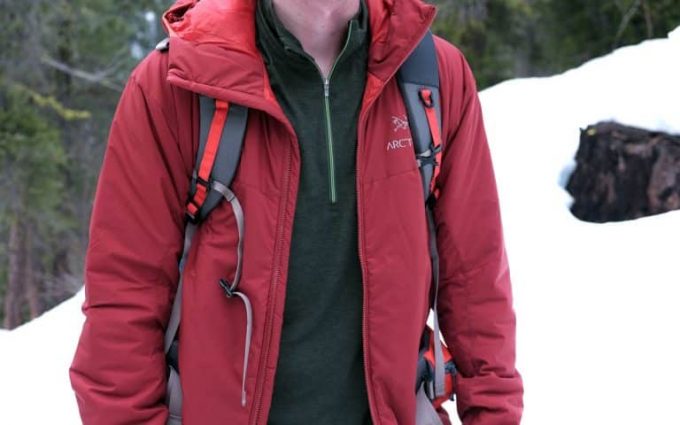
There is a warmth-weight ratio which calculates how warm you will be based on the weight of the garment. So, the lighter the garment and the higher the heat it provides, the better the jacket. But as we’ve seen in the base layer, there is nothing that perfectly checks all the boxes so you need to be wise in what you choose.
Common Insulating Fabrics
Wool
Wool appears in this category as well. You are probably realizing that wool is the “go-to” fabric in most cases. Wool is a very versatile fabric. Merino wool sweaters or shirts make a great insulating mid layer. Wool is water repellent and will maintain its insulating properties even when wet.
Goose
Goose down is great for extremely cold temperatures but it has to be kept dry. It is very compressible for packing and highly insulating. Technology is advancing and there is some work being done on water-resistant down, so some day we may have this option.
Synthetic fleece
Synthetic fleece such as Polartec, Thermal Pro and Thinsulate offer insulating warmth across a range of weather conditions. These fabrics are lightweight, breathable and will still insulate even when wet. They are not so good on wind resistance.

Here is a sumary of our mid layer fabrics. Which one will you choose?
[table id=10 responsive=scroll /]
Soft Shell: All We Need is Powder
The soft shell layer can be used for the top layer dependent upon the temperatures and the type of activity you are doing. It may is perfect for high energy activities like cross-country skiing and backpacking where you need more breathability and stretch in the garment.
Soft shells are made from polyester and nylon. They typically have a durable water repellant (DWR) coating that works to keep out moisture and the wind. The inside of the garment is soft and fleecy which is very comfortable to wear.

A soft shell can also be used as a mid layer.There are a variety of soft shell fabrics and designs. There are some hybrid designs that combine a true soft shell with a laminated soft shell that provides greater protection. Here are a few of the latest high-tech fabrics.
Common Soft Shell Fabrics
Classic soft shell
Classic soft shell by Pacific Tech has three layers for added protection. The woven exterior is breathable, the interior is soft fleece and the middle layer is a protective membrane that gives it
Super Stretch
Super Stretch soft shell also by Pacific Tech has a great thermal quality that features a weather resistant exterior and a soft fleece interior. It has good breathability and is lightweight.
PowerShield Pro
PowerShield Pro by Polartec is weather resistant, breathable, stretchable, durable and available in a variety of weights. This fabric provides all-weather protection.

NeoShell
NeoShell by Polartec has a membrane that allows two-way air exchange which helps with water vapor evacuation.The fabric is very soft and stretchy and provides waterproof, breathable protection from the elements.
Windstopper
Windstopper by Gore utilized a porous Teflon membrane to keep water from getting in and helps wick perspiration away from your body.
[table id=11 responsive=scroll /]
Hard Shell: Sure It’s Cold Out, Do it Anyway!
The hard shell is the top layer. It is referred to as hard because the fabric isn’t soft and it is the layer that does the heavy lifting when it comes to protecting you from the elements. The fabrics used in these layers are high tech and if you spend a lot of time outdoors you really can’t play hard without them.
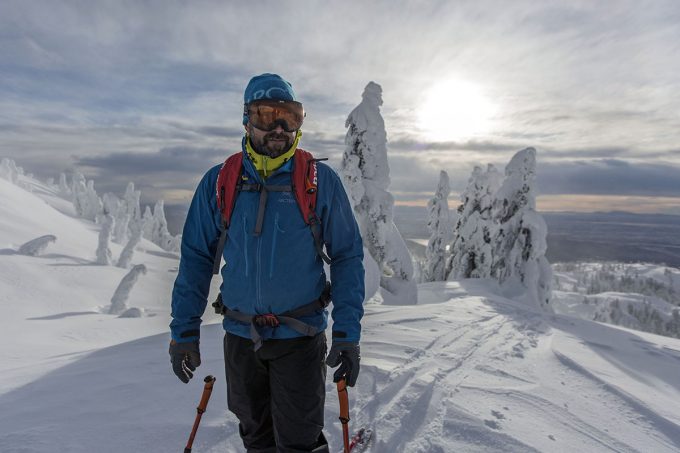
One tip is to make sure your hard shell stays clean by washing it regularly. Body oils and perspiration around the neck and collar area will affect the effectiveness of the membrane. Check out our piece on the warmest base layer to help you out.
Common Hard Shell Fabrics
Gore-Tex Active Shell
Gore-Tex Active Shell is a premium hard shell fabric that has an advanced, patented waterproof membrane that will keep you dry and warm. It is breathable, yet keeps the wind out. Now figure that one out! If you are a hardcore winter outdoor enthusiast you probably already have some Gore-Tex in your closet. If you have never tried it, it is worth the expense.
Dry.Q
Dry.Q by Mountain Hardware is another great hard shell fabric. It has all the characteristics of most hard shells: waterproof and windproof, yet breathable and air permeable.
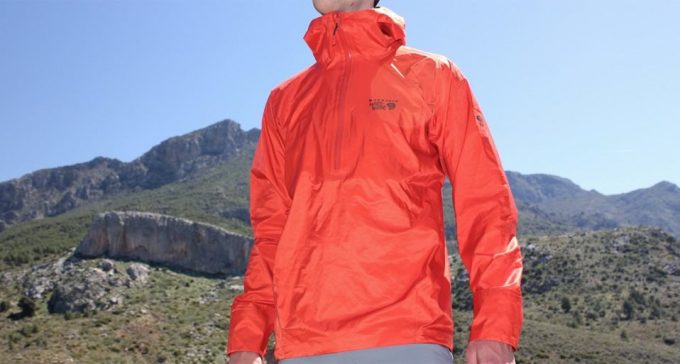
DryVent
DryVent made by North Face has fabrics that wick moisture away but are also waterproof. These fabrics use a multi-layer technology that includes a polyurethane coating that provides durability, water resistance, and moisture permeability; all around protection.
Extremities: You Naughty Kittens, You Lost Your Mittens
Last, but not least, do not forget about your extremities: head, ears, nose, face, hands, fingers, feet and toes. These are the areas of your body that are susceptible to cold and will make you cold all over. Also, these are common areas for frostbite, which is not a condition to fool around with.
Head
Get a nice versatile face mask and a hat to go over it. Wool is best because it is warm and wicks moisture away. Make sure it covers your neck.
Hands
You can layer your hands just as you do your body. Get base layer gloves made of similar fabrics to the ones we discussed earlier. Get an insulating layer of gloves, like Thinsulate. You can get hard shell mittens to go over the whole hand. To find out how to choose the best winter gloves, do check out our piece on this topic.
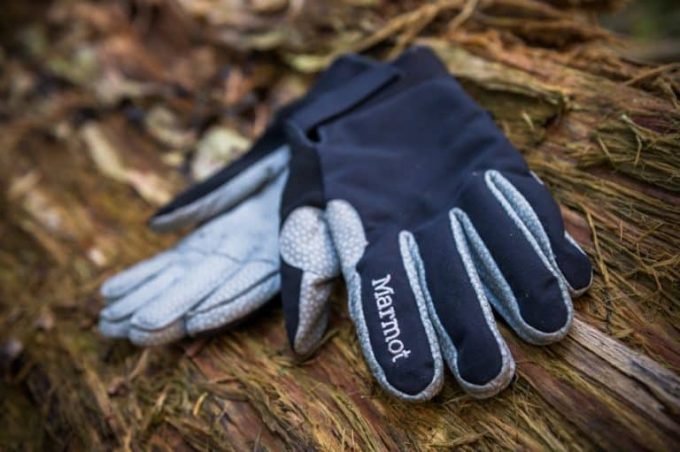
Feet
Here again, layer, layer, layer. A base layer sock that has moisture wicking properties is the start. Next, add a heavy wool sock that will insulate and have moisture repellant features.
Finally, your boot will be the “hard shell” for your feet. When purchasing your boots wear the socks you intend to wear while hiking. You want to make sure you have enough room in the boot to accommodate the layers of your socks.
Don’t Live Like Jack Frost: Be Warm & Dry
Most of us have probably been there, that time when you didn’t dress properly and you practically froze to death. You were cold, wet and uncomfortable. You didn’t enjoy your outing at all. This article should have given you some ideas of how to dress properly during the cold, winter season so you don’t put yourself in harm’s way.
The great thing about these layers is that they are so flexible and versatile. You can layer up for extreme cold or use lighter layers when the weather is more moderate. The garments are also very stylish.

They come in the latest designs with extra features like zippers, pockets, and vents. There is a whole range of colors to choose from. You can blend in with nature or you can stand out with the colors of the rainbow.Take a trip to your local retailer and feel some of these fabrics. For the best backpacking tips and tricks, find out more by reading our popular piece.
Try on some of the different layers and see how they feel. Test your movement and range of motion to make sure you can carry out the motions you will most likely use during your winter outdoor activity.
Leonardo Di Vinci once said, “It had long since come to my attention that people of accomplishment rarely sat back and let things happen to them. They went out and happened to things.” Winter is going to happen, get out in it and make something fun happen! For the top cold weather gear, check out our article on this interesting topic.

